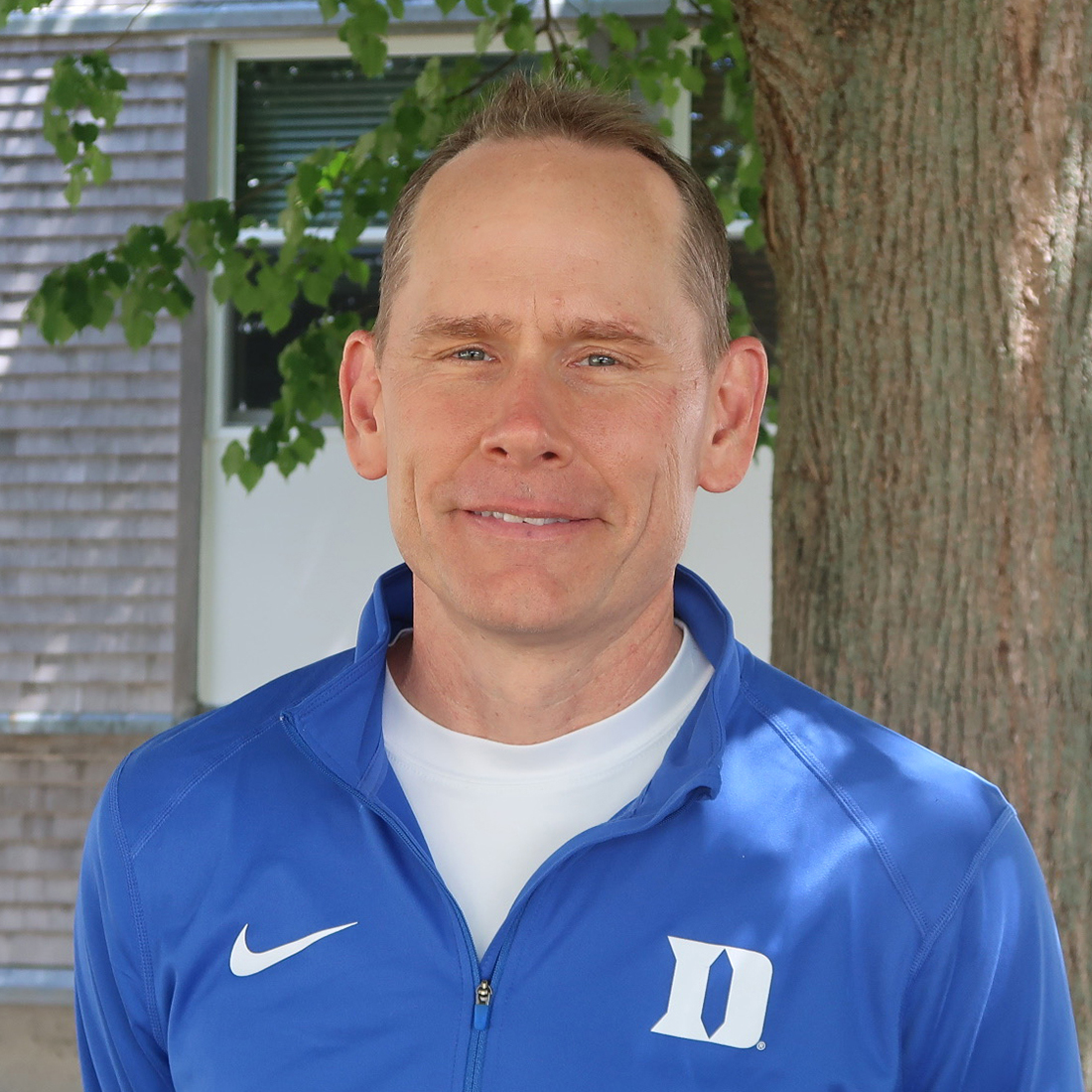Kenneth D. Poss, Ph.D.

- Title
- Professor
- Department
- Duke Regeneration Center
- Institution
- Duke University
- Address
-
Research Drive
Box 3709 - City, State, ZIP
- Durham, NC 27710
- Phone
- 919-681-8457
- [email protected]
- Website
- https://sites.duke.edu/posslab/

- Research field
- Tissue regeneration
- Award year
- 2006
- Pew distinction
- Innovation Fund investigator
Research
How and why tissue regeneration does (or does not) occur are critical questions. The biology of regeneration remains both challenging and fascinating, and new discoveries have the potential to impact clinical outcomes of many diseases of organ damage, including heart failure, Alzheimer’s, and diabetes. It has been known for centuries that salamanders and fish regenerate complex tissues much more effectively than mammals. Zebrafish have emerged as a central model system for studying regeneration due to their ability to regenerate myriad tissues and to the availability of molecular genetic tools. Our laboratory has spearheaded the use of zebrafish to reveal concepts and mechanisms of regeneration.
As an Innovation Fund investigator, Kenneth D. Poss, Ph.D., teaming with David R. Sherwood, Ph.D., to investigate the coordinated signaling events that take place during tissue regeneration. The Poss lab is a pioneer in the use of zebrafish to study vertebrate tissue regeneration and has recently discovered that a series of trigger waves of signal activity from Erk—a downstream component of many growth factors—moves across tissues to coordinate the regeneration of zebrafish scales. How the signal is propagated—and particularly whether the basement membrane, an extracellular scaffold that surrounds tissues, can help facilitate the unidirectional movement of signals—is unexplored. The Sherwood lab is a leader in basement membrane biology and live imaging using Caenorhabditis elegans as a model system and has recently discovered that signaling proteins move rapidly along basement membrane scaffoldings. Combining its research expertise, the team will use gene-editing technology to generate novel tools to visualize the movement of key signaling proteins along basement membranes and monitor the dynamic process of regeneration in zebrafish tissues in real time. This study will provide important insights into how key signals are coordinated in large cell populations during tissue repair and inspire new research directions in the areas of regenerative biology and medicine.
Scholar Keywords
2006 Search Pew Scholars
- José M. Barral, M.D., Ph.D.
- Bartosz A. Grzybowski, Ph.D.
- Gabrielle Kardon, Ph.D.
- Raymond J. Kelleher III, M.D., Ph.D.
- Scott G. Kennedy, Ph.D.
- Karen L. Mohlke, Ph.D.
- Coleen T. Murphy, Ph.D.
- Joseph T. Opferman, Ph.D.
- Satchidananda Panda, Ph.D.
- Kenneth D. Poss, Ph.D.
- Judd C. Rice, Ph.D.
- Yujiang Shi, Ph.D.
- Sheryl Tsai, Ph.D.
- Christopher A. Voigt, Ph.D.
- Ming Zhou, Ph.D.
